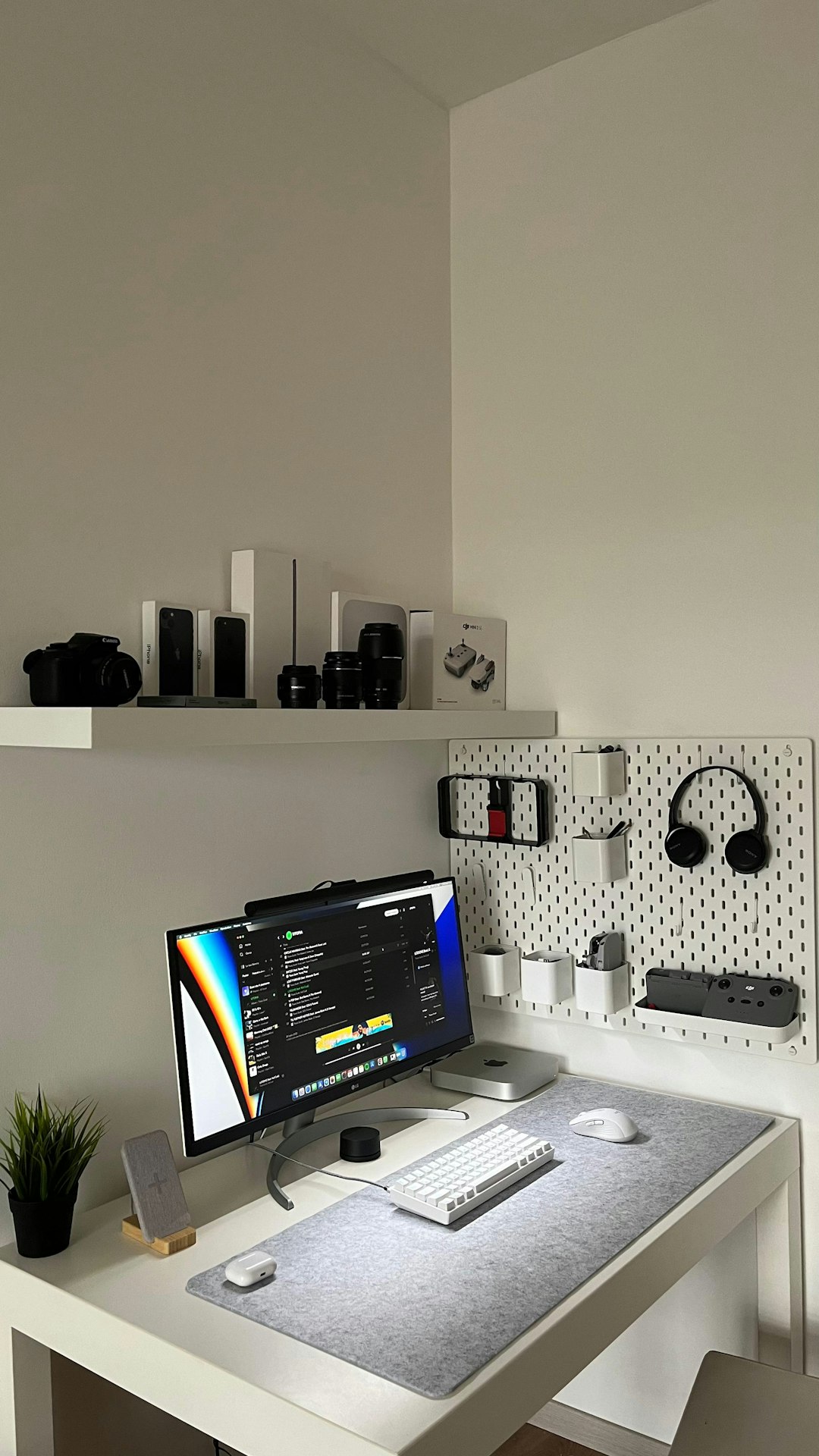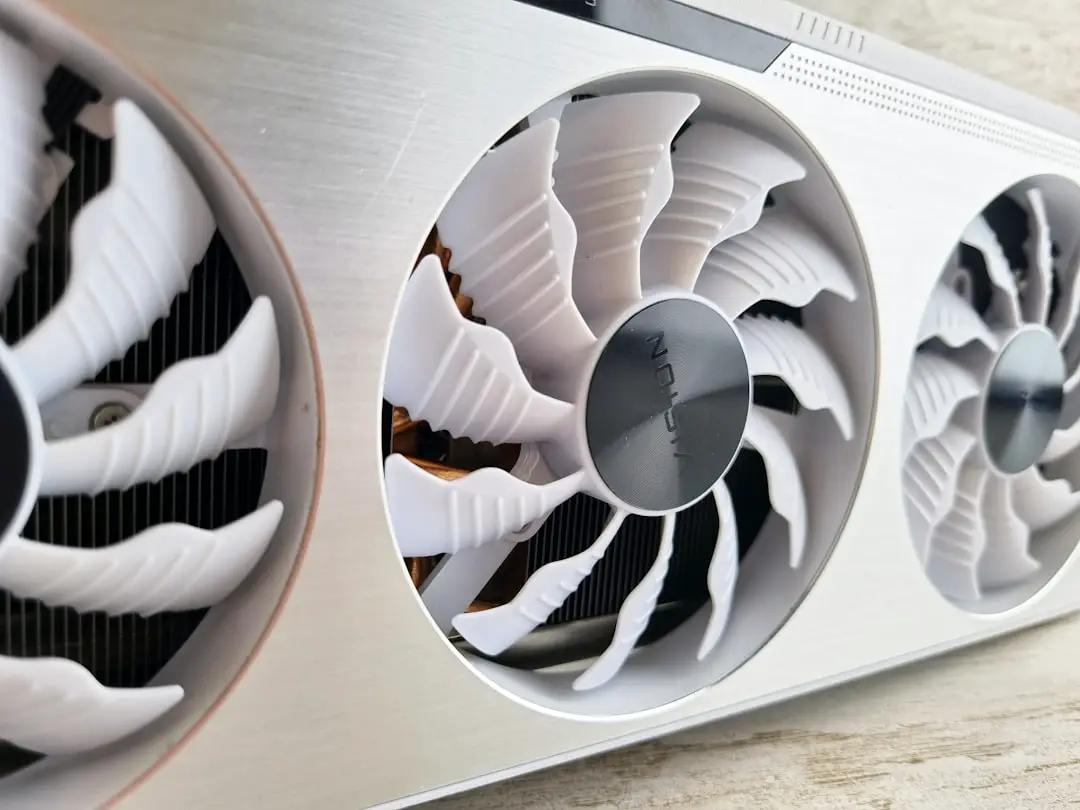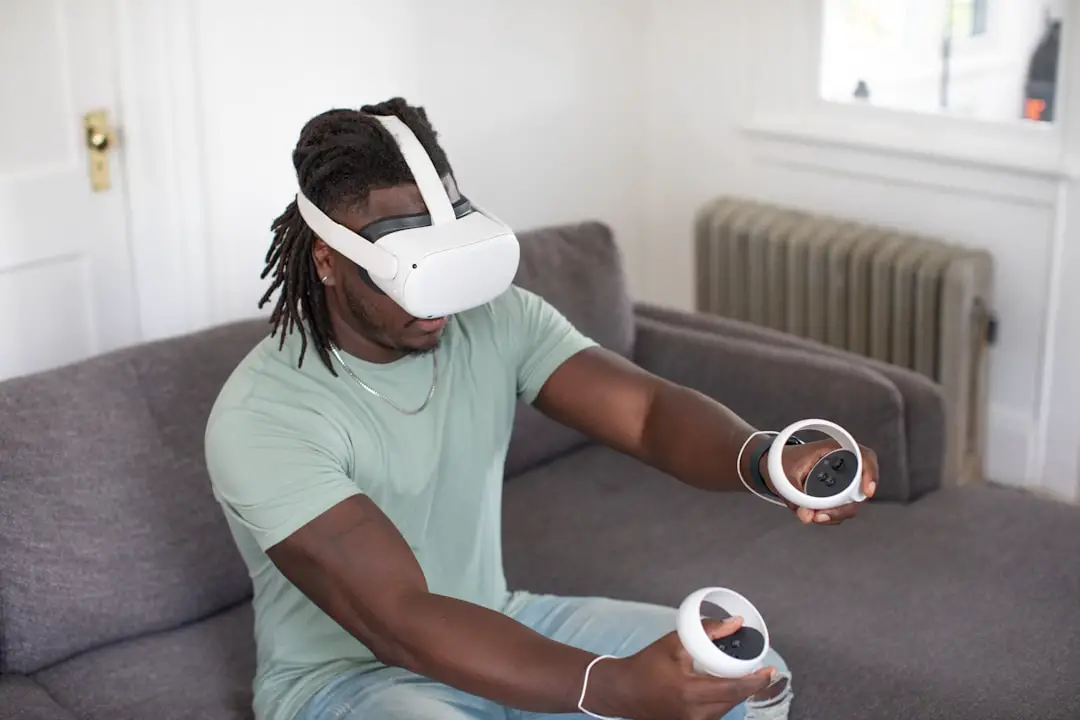Virtual reality (VR) gaming has evolved from a niche experience to a fully immersive medium that appeals to gamers around the world. With more powerful headsets and increasingly complex games, the need for high-performance hardware is greater than ever. Whether one chooses a laptop or desktop ultimately affects not only the gaming experience but also portability, upgradeability, and cost. In this article, we’ll take a deep dive into the strengths and limitations of laptops and desktops for VR gaming to help determine which performs better overall.
The Power Behind Performance
One of the most important factors in VR gaming is raw performance. VR games demand high frame rates and low latency to minimize motion sickness and maximize immersion. These requirements mean the GPU (graphics processing unit), CPU (central processing unit), and cooling capabilities are critical in delivering a smooth experience.
Desktops: The VR Powerhouses
Desktops typically have an edge when it comes to VR gaming thanks to more powerful components. Most desktops accommodate full-sized GPUs, high-wattage CPUs, and extensive cooling systems. This allows desktops to deliver:
- Higher frame rates for intense games
- Greater thermal management with advanced air or liquid cooling solutions
- Modular upgrades for future-proofing
A desktop setup is ideal for those who want to play graphically intense VR games or use applications like VR content creation tools that demand sustained power.

Laptops: The Portable Alternative
VR-ready laptops have come a long way. With advancements in mobile GPUs like NVIDIA’s RTX 40 series and AMD’s RDNA architecture, many laptops can now meet VR’s minimum requirements. Some high-end models even offer desktop-grade GPUs in mobile form factor.
However, laptops still face bottlenecks such as limited cooling, thermal throttling, and power constraints. These issues can be noticeable during long VR sessions and might slightly impact performance, especially in demanding titles.
Nonetheless, for gamers who value portability and the ability to game on the go, VR-capable laptops offer solid performance in a compact package.
Heat and Cooling Efficiency
Thermal management isn’t just a luxury—it’s a necessity when it comes to VR gaming. High refresh rates and dual displays can push hardware to its limits.
Why Desktops Stay Cooler
Desktop towers have room for multiple fans, better airflow, and even custom liquid cooling solutions. Stable temperature means sustained performance without throttling. This results in a quieter and cooler experience, even after extended playtime.
Why Laptop Cooling is a Challenge
Laptops, even gaming ones, are compact and thermally restricted. They use smaller fans and thinner heat pipes, which can lead to increased fan noise and eventual throttling during heat peaks. Advanced models may feature vapor chamber cooling, but they still fall behind desktops in thermal efficiency.

Upgradeability and Longevity
VR gaming hardware needs to evolve over time with new VR headset requirements and game engines raising the specs bar. Here is where desktops truly shine.
Desktops Allow for Future-Proofing
With the ability to swap out or upgrade GPUs, increase RAM, replace CPUs, or add new storage drives, desktops offer a dynamic architecture that adapts over time. This makes it easier to stay current with the latest VR requirements without having to overhaul the entire system.
Laptops are Sealed Deals
Gaming laptops typically have soldered CPUs and limited upgrade pathways (usually just storage and memory). This makes extending their lifecycle for VR more difficult. As VR technology becomes more demanding, even high-end laptops may find it hard to keep up without full system replacements.
Portability vs. Permanency
Another key consideration when choosing hardware for VR is mobility.
The Desktop Experience
Desktops are primarily for stationary setups. Their size, need for external monitors, and cable management mean they’re best suited for dedicated VR rooms or gaming corners. On the positive side, they provide a more immersive environment with fewer compromises.
Laptop Flexibility
Laptops allow users to take their VR experience with them—something desktops can’t offer. Whether you’re attending VR meetups, traveling, or just want flexibility, laptops offer the ultimate convenience, albeit at a cost in power and heat management.
Connectivity and VR Headset Support
VR headsets like the Oculus Rift, HTC Vive, and Valve Index require specific ports and drivers. Desktops often have more video outputs (DisplayPort, HDMI), USB ports, and expansion options that allow for better compatibility and user experience.
Desktops Offer Extensive Connectivity
The back panel of a typical desktop offers multiple video outputs and USB ports that minimize the need for adapters. This is particularly useful when connecting sensors, external monitors, and VR headsets simultaneously.
Laptops Can Be Limited
Some laptops lack sufficient ports or may rely on shared outputs between internal display and external connections. While USB-C and Thunderbolt can compensate, not all VR headsets support these technologies seamlessly, potentially requiring hubs or dongles.

Price and Value Considerations
Cost plays a pivotal role in the decision-making process.
Desktops Offer More Power per Dollar
Custom-built desktops often deliver more performance for the same price as a VR-capable laptop. You pay less for the same GPU tier and get more upgrade potential. Even branded gaming desktops offer better long-term ROI if you plan to stick with VR for a while.
Laptops Offer Convenience, at a Premium
VR-ready laptops tend to command higher prices due to their compact design and thermal engineering. You’re essentially paying for portability, which may not justify the expense if you’re focused purely on performance.
Verdict: Which One Performs Better?
For those who prioritize raw performance, long-term upgradeability, and thermal efficiency, desktops clearly lead the charge. They deliver superior power, customizable hardware, and better cooling—all essential for a lag-free, immersive VR gaming experience.
However, for gamers who value portability and convenience, and are willing to accept slightly lower performance, laptops provide a suitable alternative. Especially with cloud gaming and portable VR headsets becoming more prevalent, the gap may continue to narrow.
Frequently Asked Questions
-
Q: Can all gaming laptops handle VR?
A: No. The laptop must meet specific VR requirements, including having a powerful GPU, a compatible CPU, sufficient RAM, and appropriate I/O ports. -
Q: Is it possible to upgrade a laptop for better VR performance?
A: Most gaming laptops offer limited upgrade options such as RAM or storage. Upgrading the GPU or CPU is typically not possible, making desktops better for future-proofing. -
Q: Do VR headsets perform differently on desktops compared to laptops?
A: The performance is primarily dictated by the hardware’s capability. Desktops usually ensure consistent, high-end performance with fewer thermal issues. -
Q: What are the minimum specs for VR gaming?
A: Ideally, a system should have at least a GTX 1660 or equivalent GPU, a modern CPU (quad-core or better), 8GB RAM, and USB 3.0 ports. Always refer to your VR headset’s requirements. -
Q: Is VR gaming better on a desktop or a console?
A: While consoles offer simplicity, desktops offer the highest performance and flexibility for VR gaming, with access to a wider range of headsets and experiences.
